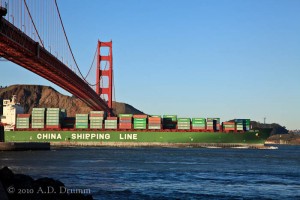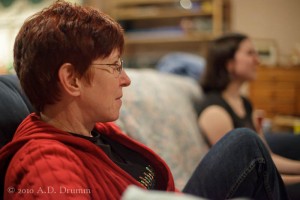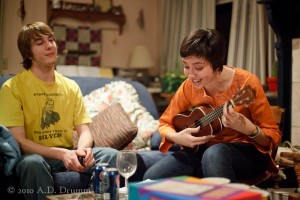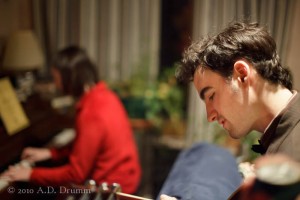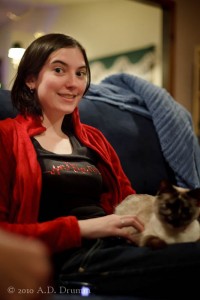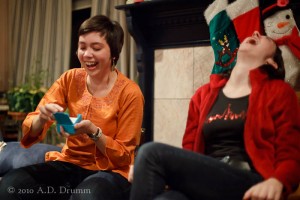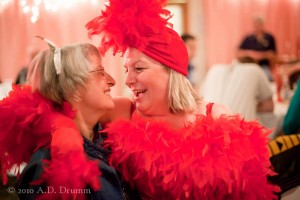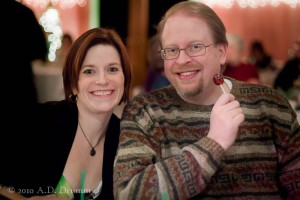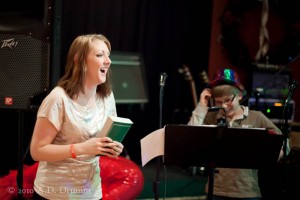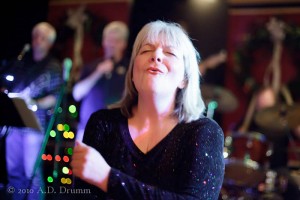Moose Peterson says our photographs should tell a story. Certainly, compelling photos grab us and say something. They tell us about someone, or a time, or a place. Or, in Moose’s case, very likely about a critter.
For the photographer, this often begins ahead of a shoot. What is the story? How am I going to tell it? How do I need to light it or how do I use the lighting that exists? What lens? What angle? Other situations don’t allow lengthy pre-planning, but at the shoot ideas and possibilities arise.
The approach may vary widely with the subject. Telling the story of a bride and groom is different than telling the story of an incredible vista as the moon slowly rises.
For me, the story needs to be fresh. Perhaps it’s the same story I’ve read or seen before but told in a new way. This is not a concept unique to photography. We seek out and enjoy retellings – the Wizard of Oz told from the perspective of the Wicked Witch of the West, for instance.
This can be a struggle when photographing iconic subjects especially static subjects. A waterfall is ever changing as is the ocean. A rock? Not so much. Indeed, the most compelling images of many natural or man-made structures often involve the ever-changing aspects of nature. A storm. Clouds. Fog. The moon.
So it was that I ventured into the Presidio in San Francisco. Although I’ve been to the city a few times and have crossed the Golden Gate Bridge, I’ve never been to the Presidio or the fort at the base of the beautiful bridge. That locale and the prominade offer stunning views of the bridge. It’s a wonder to behold, truly. As the sun drew low in the late afternoon, I knew at least the light was on my side.
Yet, there it is. A splendor which has been photographed how many times? Millions? How could I tell a story different from those countless others. I moved around, took many snaps. At least I’d have a nice collection of beautiful images of the bridge for myself. Find different interesting, maybe less common angles. Different foreground features that maybe show the bridge differently.
As I walked around looking for different vantage points, there it was – a huge cargo ship entering the bay below the bridge. I quickly shot a couple photos then saw the lettering on the ship. Now, I’m not in the best position and my shots are not what I want, and the ship is quickly making its way forward. I run.
I run, I look, I shoot, I run some more. I find the right spot and hit the go button.
Sometimes, you find the story. Sometimes, the story finds you. When that happens, you need to be ready. You need to act quickly, instinctively. Know what it needs to say and how to wrap a photograph around the story that’s there. At the end of the day, I was pleased. Did I have an image that tells a story? For sure. Perhaps it tells each viewer a different story, but that’s okay.
